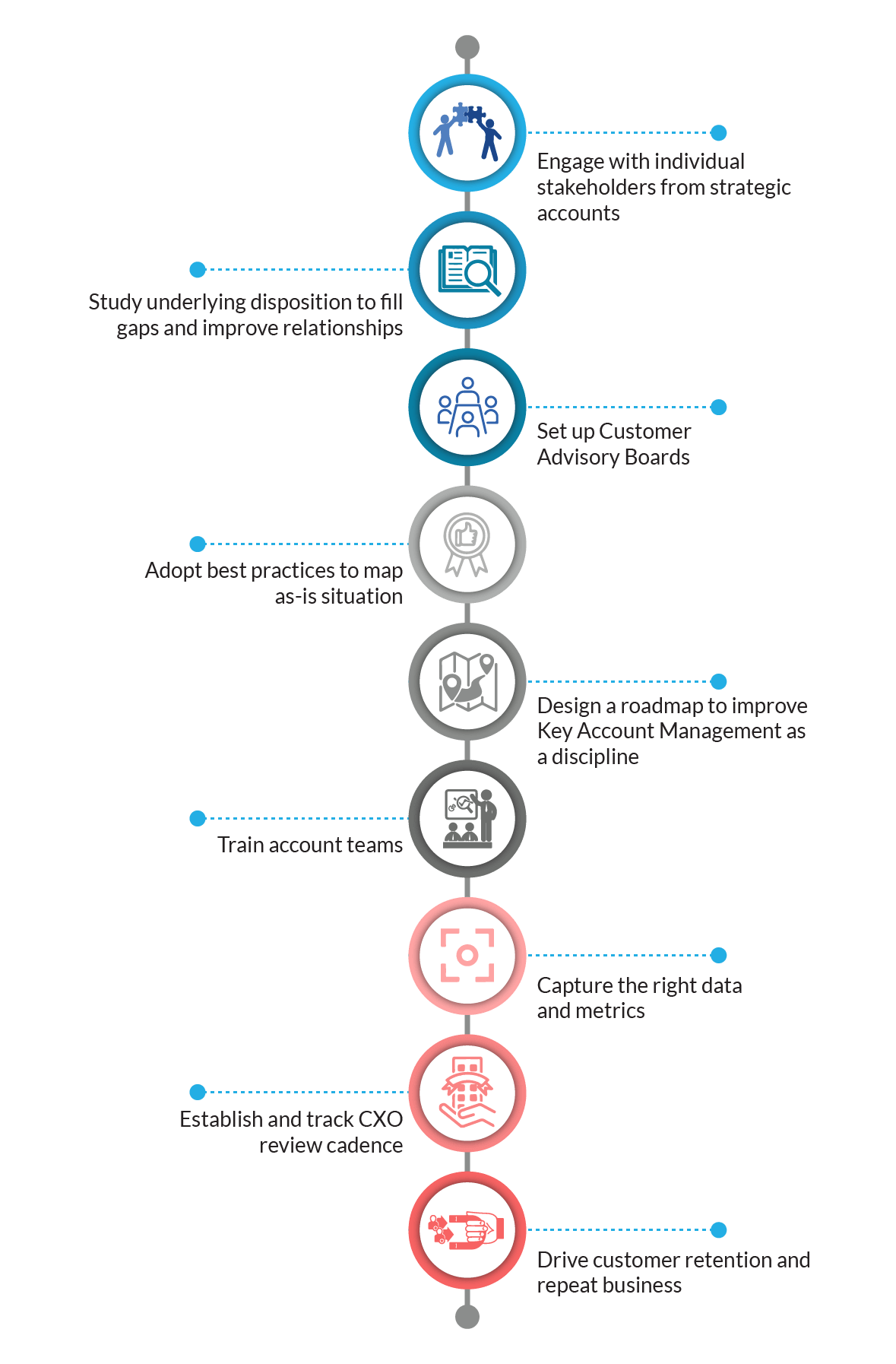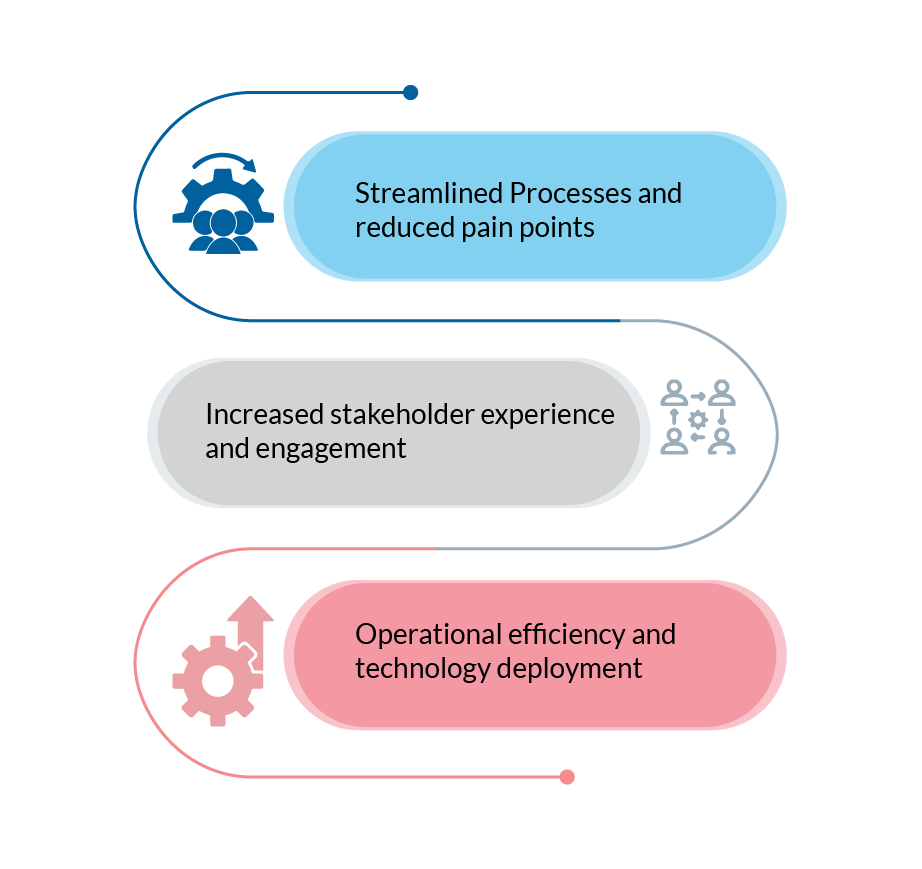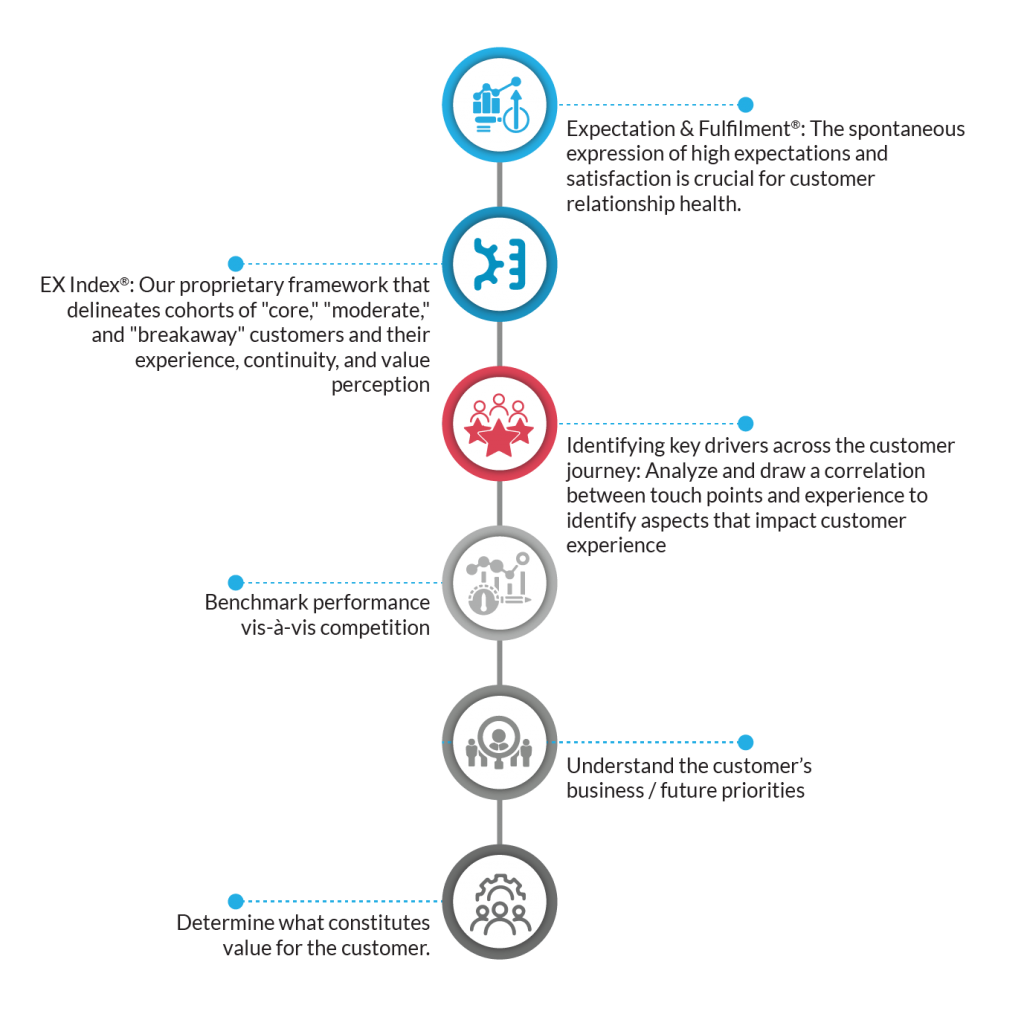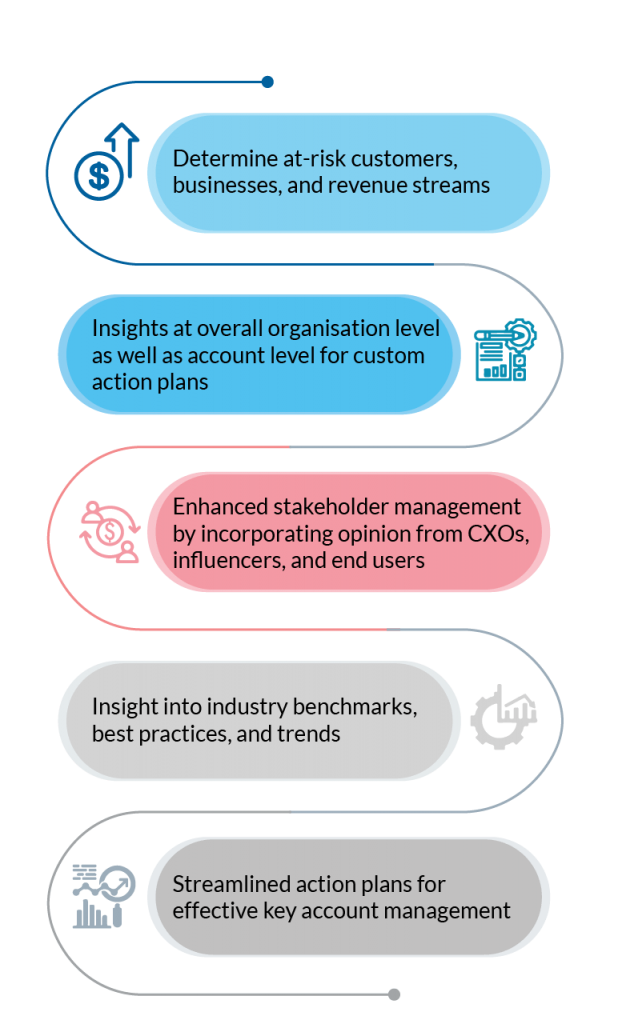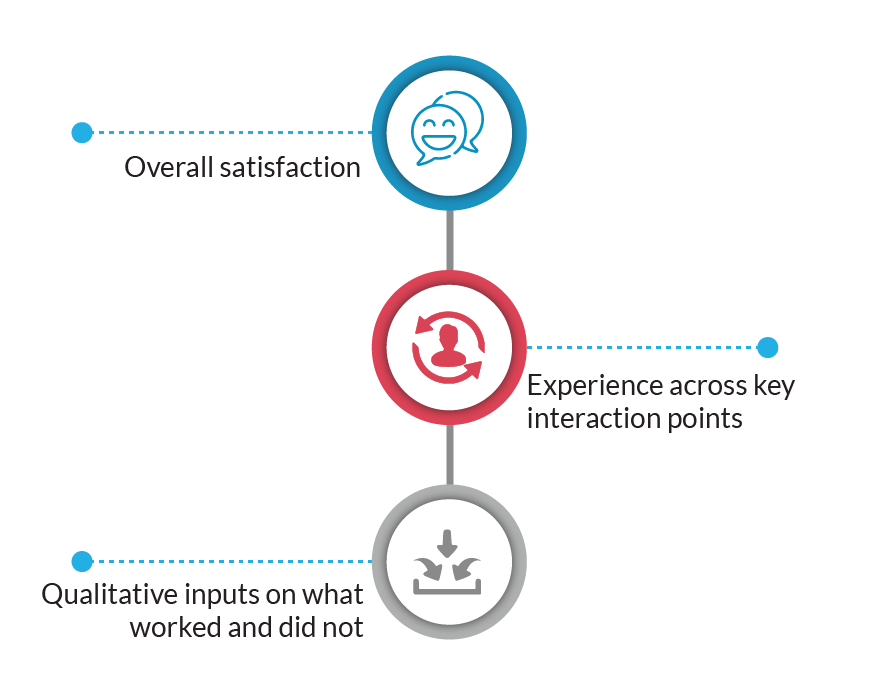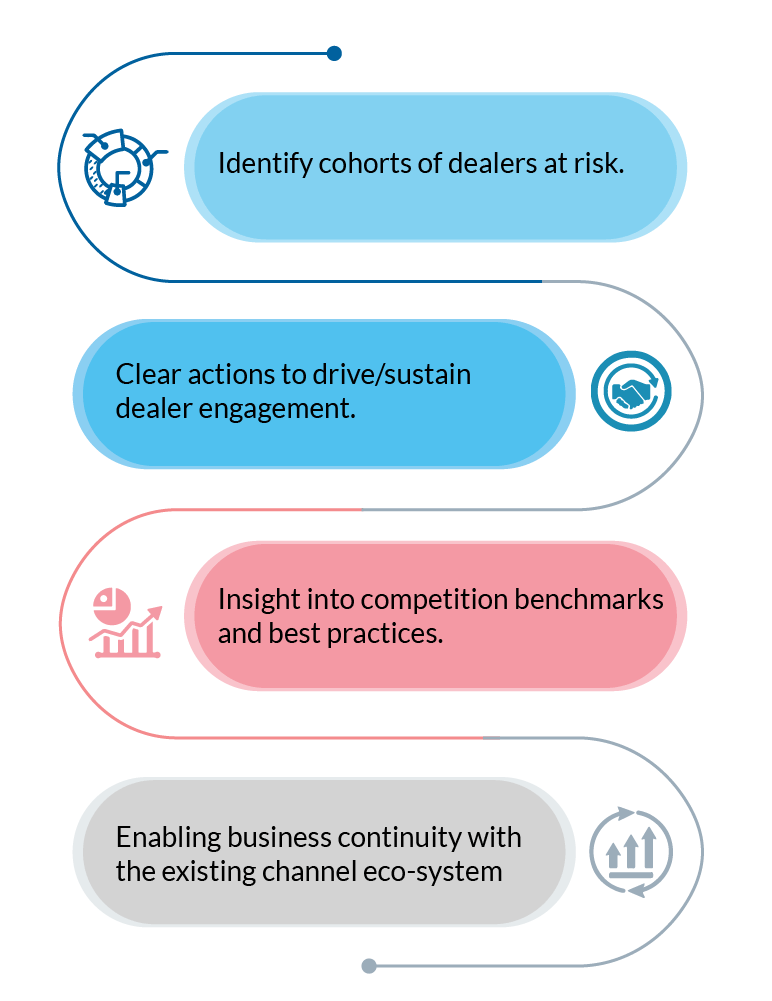The Net Promoter Score is a system created by Fred Reichheld a partner at Bain & Company to arrive at classification of customers as “Promoters”, “Passive” and “Detractors” basis on the likelihood of the individual recommending the brand to friends and colleagues. The approach has seen significant traction in past decade and so in both B2C and B2B scenarios.
While the approach is simple to implement and one gets instant gratification of the Single Number Index, there are some challenges in actionizing the results in practical business situations:-
- Recommendation intent cannot be the only outcome to measure customer experience: Net Promoter score only measures recommendation and it is not necessarily the only outcome measure. There are instances where clients will not want to recommend the service provider since they would like the solution exclusive to them. Hence low advocacy but high satisfaction. In these situations NPS will return an erroneous result. It is critical to consider outcomes of Satisfaction, Loyalty and Value delivered along with advocacy.
- Does not differentiate Promoters and Detractors accurately: “The rule-of-thumb score proposed by NPS (promoters are those respondents who give a likelihood of recommendation of 9 or 10 while the detractors give 6 or less) are not supported statistically. Potentially this could mislead that there is negative NPS when this may not be the case. Customer who rates 6 on 10 believes it’s on the positive side of the scale but is tagged a detractor. Could seriously derail the actions being taken with this respondent post the survey who probably is a passive / fairly satisfied customer.
- NPS Question is Unipolar but results are treated on Bipolar Scale:The standard NPS question is unipolar (willingness to recommend) but NPS analysis treats it as bipolar (willing to detract vs. willingness to promote). It is not possible to conclude that those ‘not willing to promote’ means ‘willing to detract’.
- Performs Worse than Other Scales: The 11-point scale has the lowest predictive value of any of the other scales. Repeatability with the same respondent after a gap of few days shows low reliability of the scores (Same individual rating with a difference of 2 points on an 11 scale).
- Net Promoter is strictly an outcome metric: Net Promoter does not tell management teams what’s working and what needs change. While Net Promoter Score may have some predictive capacity, it says little about what motivates individual choices. Additionally, knowing the overall Net Promoter Score doesn’t give much information about the characteristics of the Promoter and Detractor populations.
- Small sample situations: In situations where the sample is definite and small (< 100 clients), the NPS has huge swings leading to errors. Each respondent would mean more than a percentage and can swing the NPS score. (Imagine a situation of having 40 respondents – each respondent is 2.5%)
- Geographical sensitivities: The way it’s answered in Japan, India and US are very different. In such scenarios, the same cut off for multiple geographies does not make comparable across cultures.
It is not prudent to define and execute company strategies on only a single Magic Number. It is always better to have multiple means of customer measurement to truly understand what makes your customers tick. Triangulate and arrive at takeaways than just trust a single number.





























